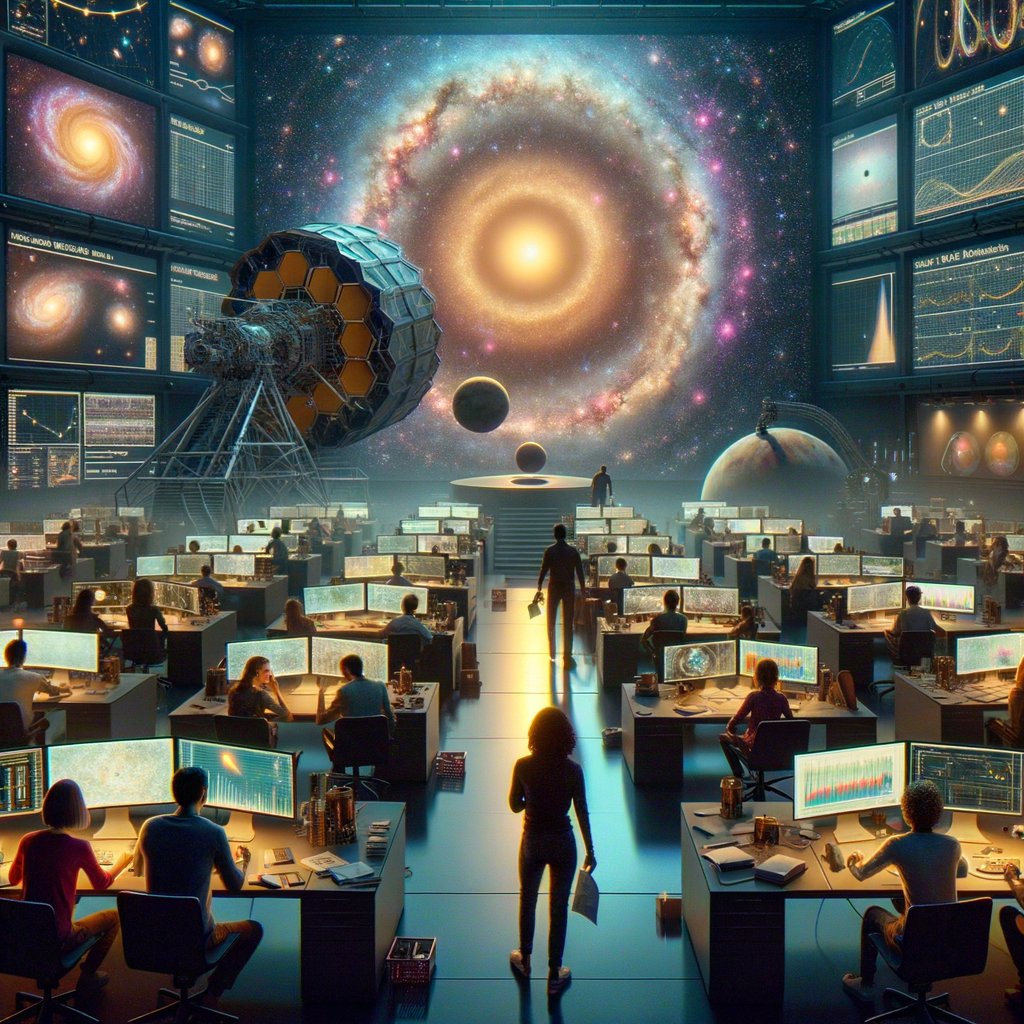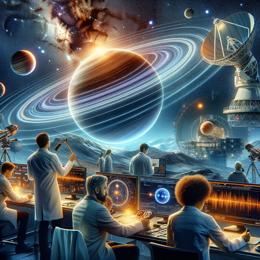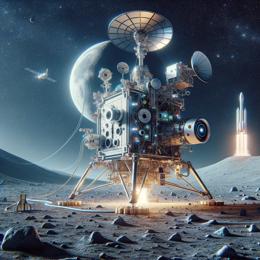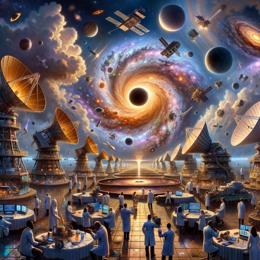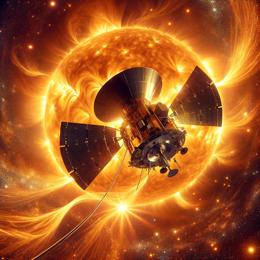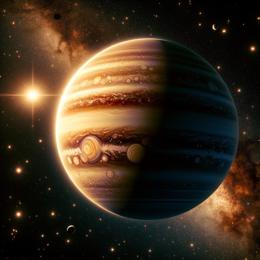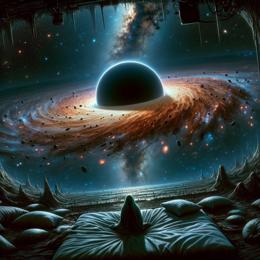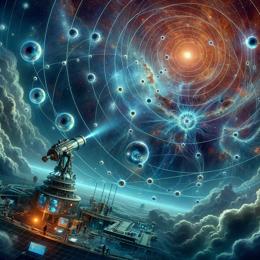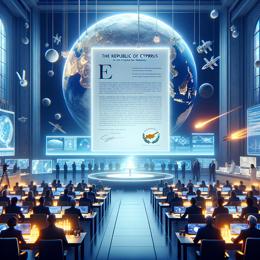Image created by AI
NASA's Webb Telescope Discovers Long-Lived Planet-Forming Disks in Ancient Universe
Building on a discovery first hinted at by NASA's Hubble Telescope over two decades ago, the James Webb Space Telescope has provided strong evidence that planet-forming disks around stars endured significantly longer in the early universe than once believed. This revelation, as described by Guido De Marchi from the European Space Research and Technology Centre and his colleagues in a recent publication in The Astrophysical Journal, may necessitate a major reassessment of how planets form in environments with minimal heavy elements.
The investigation centered on the Small Magellanic Cloud, particularly the NGC 346 star cluster, known for its relative paucity of heavy elements like those found in older stars within our Milky Way. The James Webb Space Telescope's advanced capabilities allowed researchers to capture and analyze the first-ever spectra of young, Sun-like stars in this nearby galaxy, providing clear evidence of sustained disk presence and ongoing material accretion even when stars are between 20 to 30 million years old.
This discovery challenges the previously accepted model that these disks typically dissipate within 2 to 3 million years under similar conditions. If planet-forming disks dissipate too quickly, the prevailing theory holds that there wouldn't be enough time for dust grains within the disk to conglomerate into pebbles, a crucial step in the planetary formation process.
Guido De Marchi's team proposed new mechanisms to explain their findings. Firstly, the lower concentration of heavy elements in the gas around the young stars in NGC 346 means that the stars' radiation pressure, which helps disperse the disk, is less effective. Furthermore, the initial gas clouds in these early-universe environments are likely larger, leading to more massive disks that naturally have longer lifespans despite the dispersing forces at play.
Elena Sabbi, co-investigator from the NOIRLab, emphasized the significance of these findings. According to Sabbi, understanding that disks can survive up to ten times longer under these conditions offers new insights into how planets could form in less chemically enriched environments and affect the potential architectures of emerging planetary systems.
This transformative discovery not only compels astronomers to revisit existing models of planet formation but also enhances our understanding of the complexities of early planetary systems in the universe, opening new directives for future research in astrophysics and beyond.
